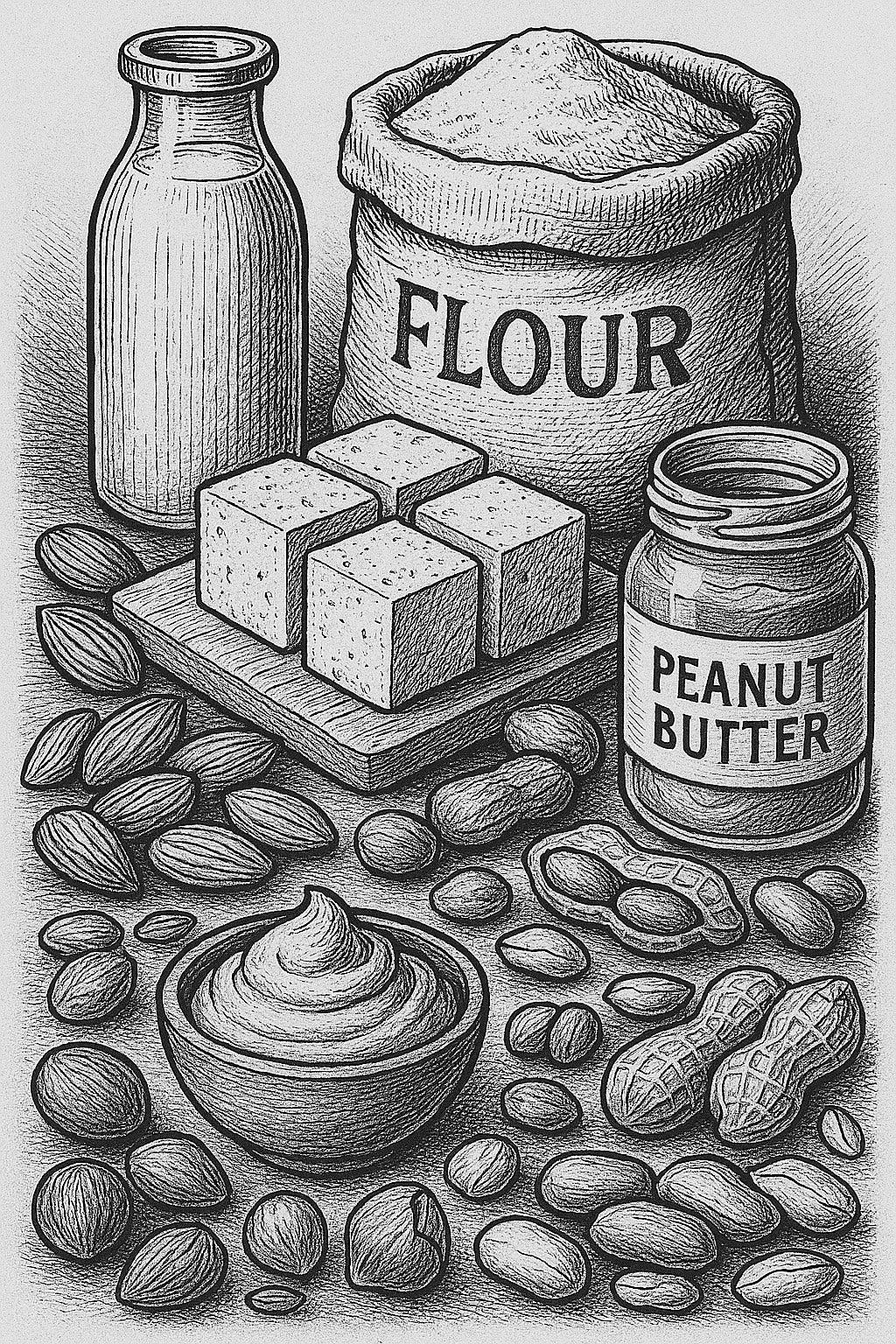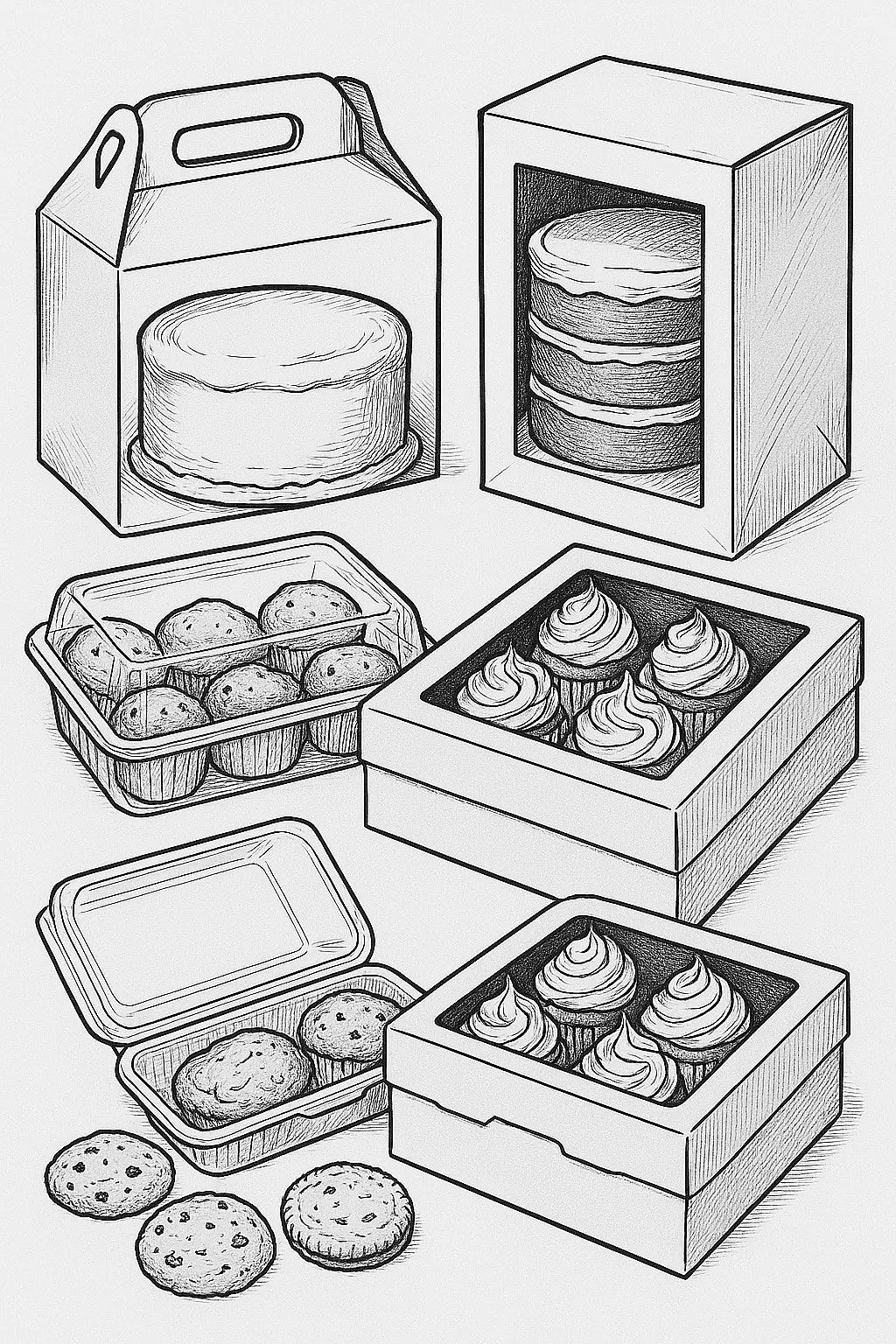Baking and Serving Tips and Tricks
Sharing the tricks of the trade I've learnt over the last 15 years of baking and writing.
As a self-taught pastry chef, I have truly learnt quite a lot over the years, as well as developed my own tricks and standards that work for me.
And the very first thing I can advise is to always, without a fault, read the recipe through before starting. No matter the experience you have, no matter the knowledge, if you are using others' recipes, read them through. Twice, if needed.
Baking recipes seldom forgive improvisation when using them for the first time.
If the recipe you are using has photos or videos of each step, do pay attention to those, as well, as they usually provide more technical details or details in general about how the batter should look or behave while being prepared.
Next advice I have is - always keep notes. Even if you adore the recipe, even if it works perfectly on the first try, make a little note of that. A simple "Everyone loved how fudgy the cake was!" note will later definitely be of use if you need a cake you know you have made and loved.
Gather all the ingredients needed in one place. Think of that as your own little personal mise en place. If you have all your ingredients laid out, your dry ingredients sifted and your wet ingredients ready to go, you are far less likely to omit something. And believe me, I have overlooked the leavening agents far too many times to count over the years. Sometimes I would see them barely in time, sometimes I would see them after the pans were already in the oven. So this advice comes straight from the heart and in hopes of saving your batters from being wasted.
There is a whole detailed newsletter coming soon about the eternal battle between using the Metric or Imperial system, but my general recommendation would be to use a digital scale. A good scale makes all the difference.
Next one is more of a technical preference of mine, but I always make sure to clean as I go. Unless I am making several cakes at the same time, which has been known to happen, I will always clean as much as possible as I work, to take the load off once the cakes are baked and frosted.
One very, incredibly important advice is to never make substitutions that the recipe did not provide. That is an excellent way to ruin your baked goods and create frustration for yourself, even discouraging yourself in the long run.
Recipes are often tested and retested in multiple ways, and if the author did not provide a substitution that will work, please do not change up the recipe, because there is no guarantee that it will work. And that is not the author's fault, no matter what feelings it brings up.
This goes for reducing or increasing sugar, using liquid sweeteners when the recipe calls for granulated ones, switching baking powder for baking soda, as well as adding or removing ingredients altogether. Granted, if you are not a fan of additional chocolate chips or walnut pieces in your brownies, those are safe to be omitted, but they are usually labeled as optional, rather than being a core ingredient.
Next up, mixing. Do not overmix the batter. In most cases, overmixing is usually what happens when we want to really make sure we got every last speck of flour on the bottom of the bowl, and in most cases, it warrants a dry and tough cake, brownies, cookies, etc.
Naturally, all ingredients should be combined, but usually mixing until just combined is what makes the cakes perfect and soft.
With that in mind, do not overbake the finished product. Regardless of what you made, if you overbake it, it will be dry. Sometimes, that could potentially be saved with some sugar syrup, warm coffee, or even milk, depending on your preference; but in most cases, the unpleasantly crumbly texture cannot be ignored or saved.
If your oven has a glass door, you will be able to see your cakes or muffins rise as they bake, but if not, the recipe will more than likely state the baking time and what I like doing is checking a little early. That way, if the cake is baked through, excellent; if not, it goes back for another 2 minutes.
By the way, 2 minutes is my preference for additional baking time. That way, the oven has a bit of time to come back up to the required temperature and the cake has a bit more time to bake. You can check your cakes after 5 minutes, but I would consider that gambling with cake texture and it's a risk I am not willing to take.
You can check if the cake is baked in several ways - by lightly pressing on the top of the cake to see if it bounces back or with a toothpick or a knife inserted into the centre of the cake, the latter being my preference. If there are just a few tiny crumbs on the toothpick, the cake is done. If there are no crumbs at all, it's done and verging on being dry, and it needs to be taken out immediately. If there is raw batter, back to the oven it goes.
It is something that develops through time and experience, so use whichever method feels the best to you.
Now, when it comes to cooling the baked goods… I always let my cakes cool in the pans. Very rarely do I turn them onto the wire racks because I make them very soft and fragile, and if handled too much, they will break. So I simply let my cakes cool in the pans, and as far as other baked goods go, like muffins, for example, I take them out as soon as they're cool enough to be served.
Same goes for crescent rolls, breads, croissants, cookies, etc. As soon as they are not piping hot, they are served.
When it comes to storing, I usually keep the cakes refrigerated for 3-4 days, and I keep almost all other baked goods in sealed containers at room temperature.
Dough-based desserts or simply pastries keep best in a sealed container, as do cookies, strudels, and muffins. Treats like wafer bars can be kept in a cool, dark place, if you want them to remain crispy or refrigerated if you don't mind a slight loss of texture.
And finally, transportation and serving. Cake are, perhaps, the most complicated ones to transport. Especially if they are tall. I usually use thin cake dowels if I know I will be transporting the cake, and I most often add three of them in a triangular fashion, so the cake stays stable. Other baked goods are far more forgiving, as they can most often be packaged in an appropriate pastry box or a sealed container of choice, depending on the occasion.
Always slice cakes with a long, sharp knife, preferably in one smooth motion. Using a sawing motion on cakes will absolutely ruin the decoration and the cake. If a serrated knife is all you have available, still try to use one motion, pressing the blade into the cake straight down. That might not give the perfect slices, but it will keep the cake in one piece.
Ultimately, everything I have written here is to facilitate your baking journey and boost your baking confidence. I remember starting out with no help, no advice, and no Internet, and how that felt. So now, when I write, I write with care, with people's feelings and reactions in mind; making sure that I bring a touch of encouragement to their baking.
If everything else is complicated, at least the dessert does not have to be.




Reading the entire recipe used to not be my forte' but, I have learned that I can really get myself into trouble by not doing that. All the tips and tricks you offer or great. It's so important to understand that baking and pastry is a real science (like canning) and not really an art. You can't just substitute whatever and expect it to come out the same!